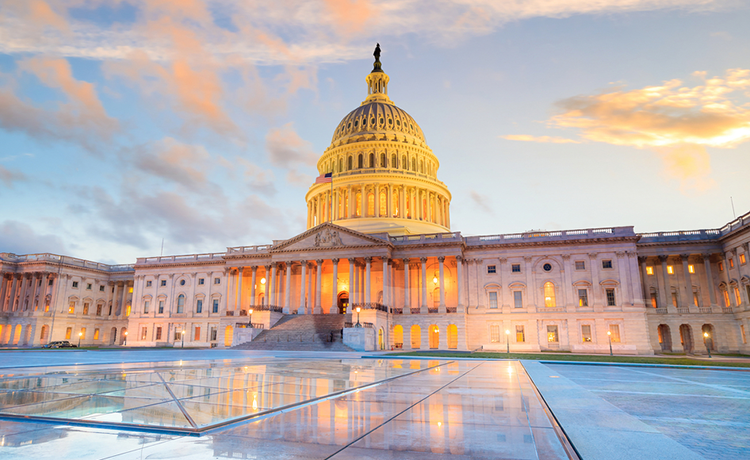Unlocking the mRNA Platform Technology: Walking the Talk with Investment Protection
By Aparajita Lath
Two articles published last month in the BMJ analyze the public investment and financing of mRNA COVID-19 vaccines, highlighting the extensive government funding that has supported the development of mRNA technology from 1985 to 2022.
However, rewards from these government investments are going back into the hands of pharma corporations and shareholders, with little thought given to public needs.
Together, these articles underscore the injustice of the present moment and emphasize the need to reform intellectual property protections for government-funded inventions of public health significance.
Recent Research on Public Funding of mRNA Technology
The first of the two new articles is an in-depth empirical study of U.S. public investment in the development of mRNA COVID-19 vaccines between 1985 to 2019.
It is generally known that the U.S. government made historic financial investments in the development and purchase of millions of doses of mRNA vaccines once the COVID-19 pandemic began. For instance, Moderna received substantial funding from the U.S. government. While Pfizer claims not to have received any, the study reveals that its partner BioNTech has received funding from the German government. Public funds have therefore supported the creation of the mRNA platform technology.
Based on empirical analysis of three primary sources – the NIH Research Portfolio Online Reporting Tool Expenditures and Results (RePORTER), the Department of Defense Contracts database, and BARDA’s Medical Countermeasures Portfolio – the study reveals the actual amount of government investment in this technology through the years:
- “From 1985 to 2019, the US government invested at least $337m into research and development that directly contributed to key inventions in the mRNA covid-19 vaccines.
- During the pandemic through March 2022, the US government contributed at least $31.6bn for clinical trials (6%), vaccine development (2%), and vaccines purchases (92%).”
Clearly, government investment in the development and deployment of this technology is significant. Despite this, the study notes that public research grants do not usually include safeguards to enhance public access or affordability.
Research centers and companies that received government funds are typically allowed to manage their contractual and licensing terms independently with their commercial partners. Sharing of technology, trade secrets and know-how of potentially life-saving, versatile and important public health technologies is therefore left up to the markets.
The second article complements the first one as it provides editorial commentary on the commercial realities that resulted from the U.S. government substantially de-risking the vaccine development process. Moderna and Pfizer have made more than $100bn (£83; €94) in global revenues from sales of their COVID-19 vaccines. Citing the first study, this paper reveals how public risk taking and investment shaped all stages of the development, production and procurement of the mRNA technology. So much so, that financial risks for private investors were greatly reduced. And yet, private corporations and investors have subsequently reaped the greatest profits. Moreover, with their patents and regulatory exclusivities still intact, they have at least another decade of market exclusivity to reap super-normal profits at the cost of public health.
Based on these facts, the authors rightly recommend that the government should play a larger role in establishing payment policies and priorities for essential global health technologies that are publicly funded.
Toward Financial Transparency: Investment Protection
As it appears, companies are probably being over-compensated for a pandemic-era technology that was bankrolled to a large extent by government funds and fueled by an unprecedented, world-wide need. Moderna and Pfizer have made billions of dollars in a period of two short years, much of which is presumably more than their initial investments and manufacturing costs. And the vast potential of the mRNA platform to prevent or treat illnesses and diseases apart from COVID is locked up in intellectual property protections that thwart research, access, and use of the platform.
A different regime is needed. Shamnad Basheer, a stalwart Indian IP lawyer, proposed in 2012 an ‘investment protection regime’ for innovation that fits well in the mRNA context. While this proposal acknowledges that private investments may need protection in the form of exclusivity, it proposes that exclusivity periods should be narrowly tailored. To balance private profits with public health needs, market exclusivity is tailored to the amount of time taken to recoup private investments.
In this regard, the ‘one-size-fits-all’ approach of the current patent and regulatory regimes, i.e., rewarding private players with 20 years (patents) and 12 years (biologics) of market exclusivity should not apply to the mRNA platform that was supported by significant government funds and an unprecedented, world-wide, public health emergency.
However, to operationalize this proposal, increased transparency is needed. Currently, little is known about the total costs of discovery, development, and commercialization of the mRNA platform technology for COVID. This information is needed to assess whether private investors have been recompensed and whether exclusivity terms need to be specifically tailored for this platform.
To begin with, the following disclosures should be mandated:
(1) all “discovery” and “development” expenses incurred in relation to the mRNA platform that was approved for COVID-19 vaccines by the FDA;
(2) all fixed costs for establishing the relevant manufacturing facilities, provided the facilities were specifically created for the mRNA manufacturing for COVID;
(3) the costs of all tried and tested targets and leads in relation to a particular disease including costs of failure; and
(4) statement of annual revenue and profits from the mRNA COVID vaccines.
From these costs, all public funds should be deducted to assess the amount of private investment. Other costs, such as excessive marketing expenditure, should also be deducted from the outlay.
Buffers for profits / rates of return may be negotiated after these numbers are first disclosed. After calculating these numbers, policy makers will be better equipped to tailor exclusivity periods that benefit both private investments as well as public health.
Given that Moderna and Pfizer/BioNTech have profited considerably, it may be possible that private investments have been recouped with sufficient profits. In that case, the platform should be opened up. Otherwise, it will remain locked up under patent and regulatory exclusivities for several more decades, delaying public gains from this versatile technology.






